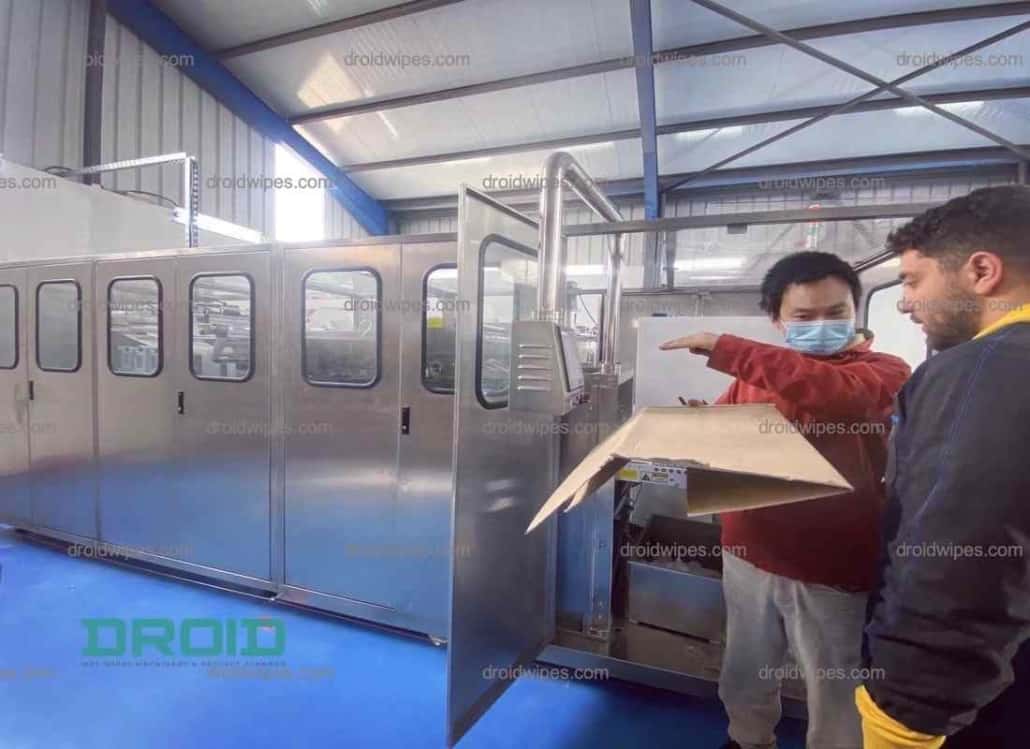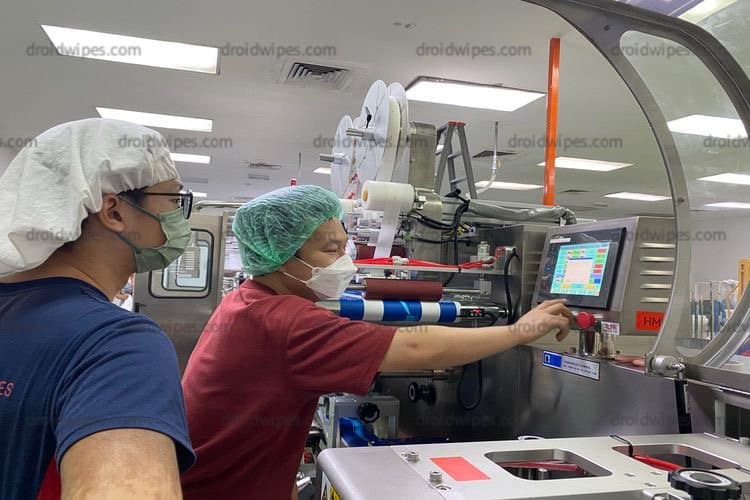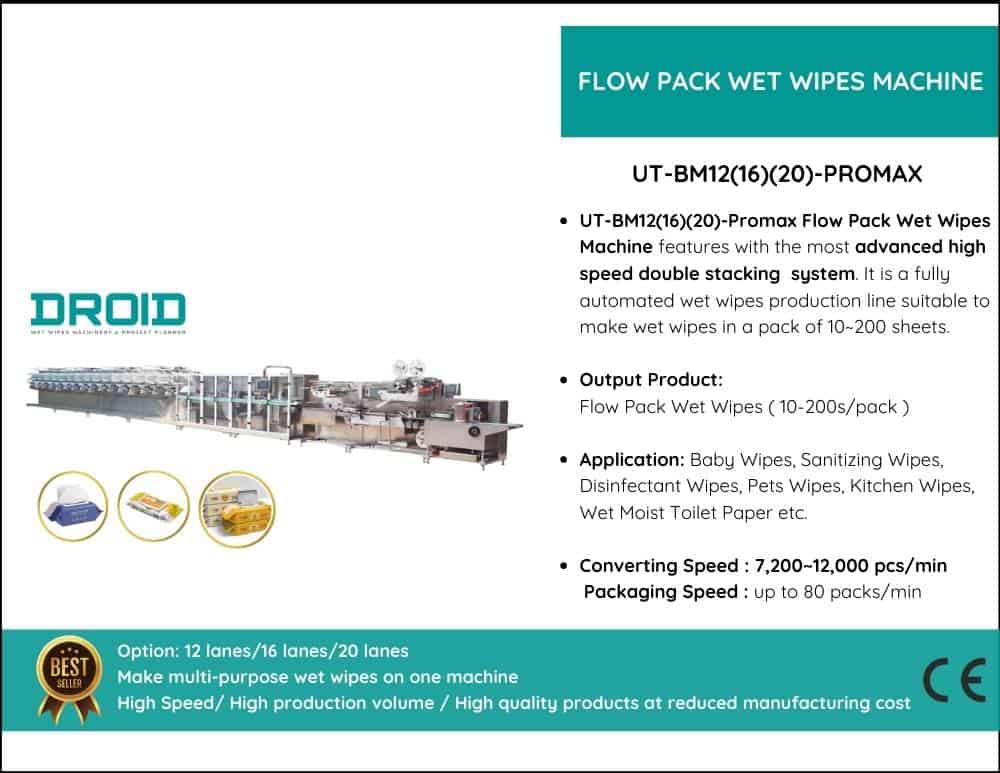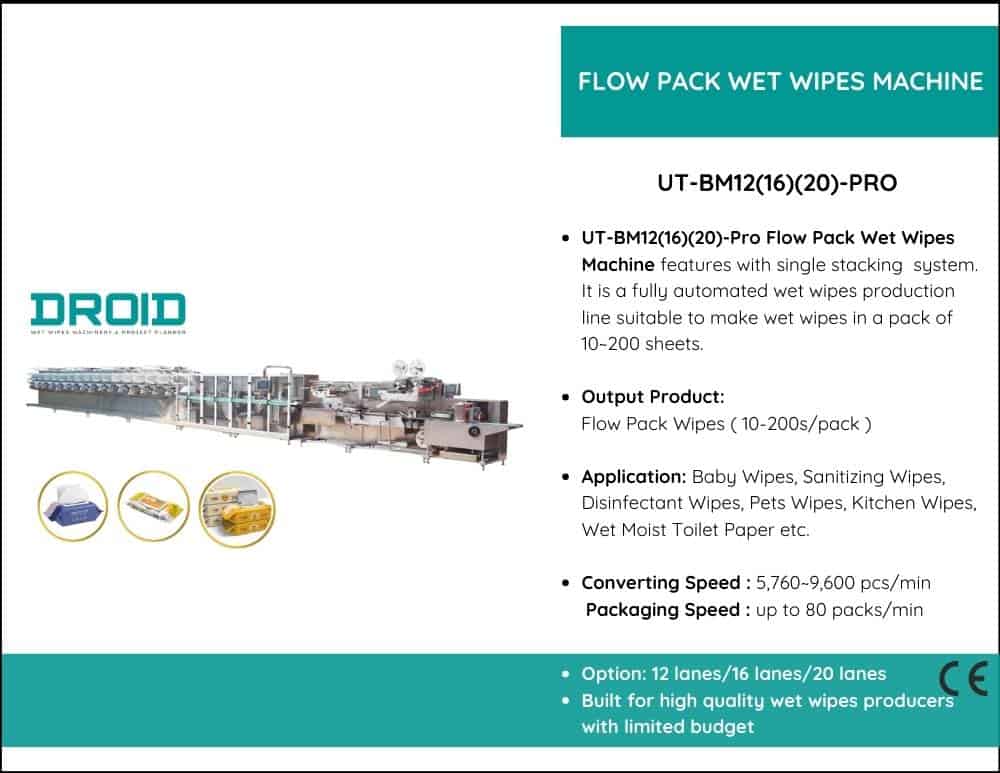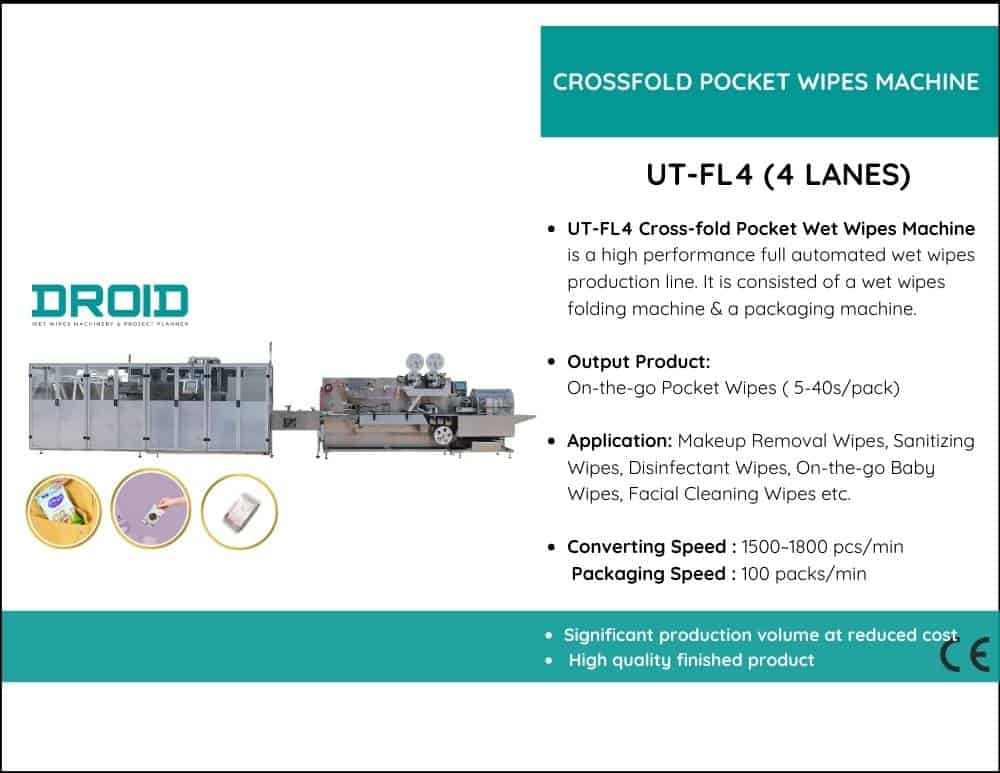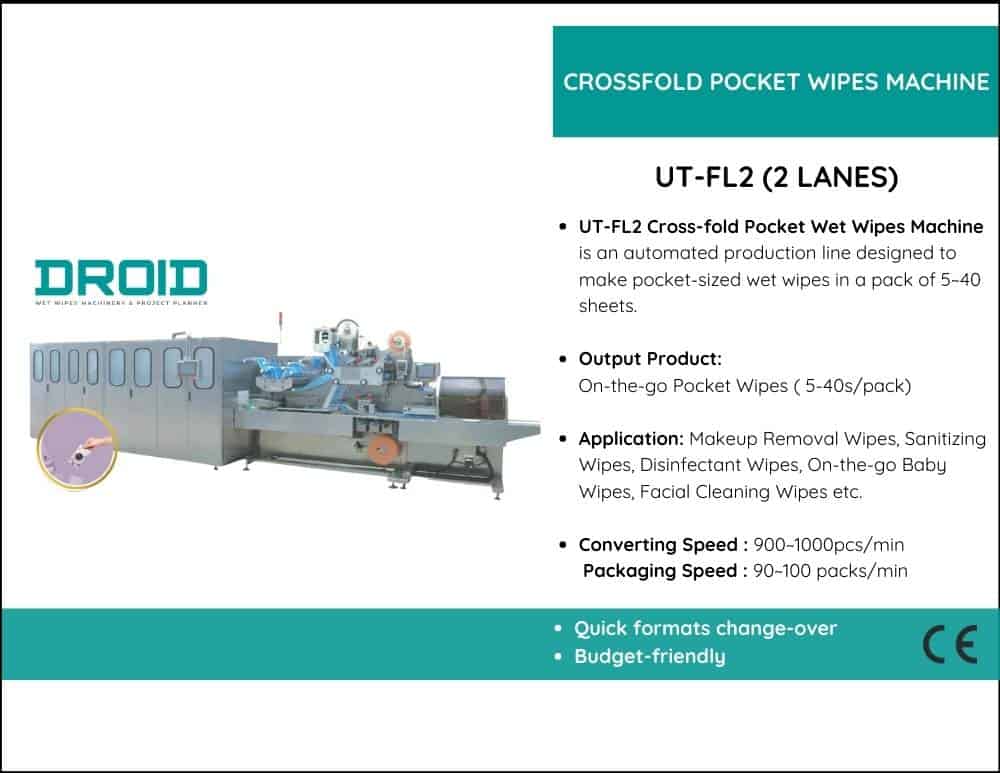On paper, metrics like “speed,” “output,” and “OEE” often seem spectacular in any manufacturing line. However, downtime reveals the true narrative, which is concealed underneath those averages.
Every halt, delay, or stop, no matter how little, provides insight into the true factors affecting the operation of your production. The misplaced film roll that occurs every shift, the operator reaction delay after each alarm, or the reoccurring jam that nobody has time to record are examples of invisible inefficiencies that are often missed by daily reports but are revealed by correctly documented downtime data.
Downtime data is truthful, in contrast to conventional performance measures. Engineers and management can understand where performance really breaks down since it records every departure from the ideal flow. By classifying the reasons for downtime (mechanical, electrical, material, or human), you may find the underlying issues, gauge how often they occur, and rank the fixes that will increase uptime the most.
More significantly, downtime serves as a conduit for departmental communication. Maintenance teams get meaningful information, operators feel heard, and management is able to base investment choices on facts rather than conjecture.
The outcome? a change in mindset from battling fires to improving continuously.
Rather than just asking, “How fast are we running?” Since the answers concealed in your downtime data often provide more insight into your line’s actual efficiency than any other performance report could, the more intelligent query is now “Why did we stop?”




